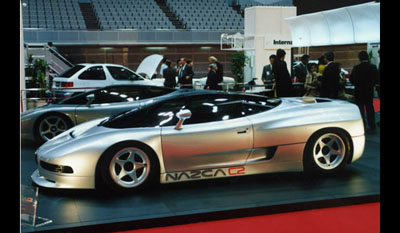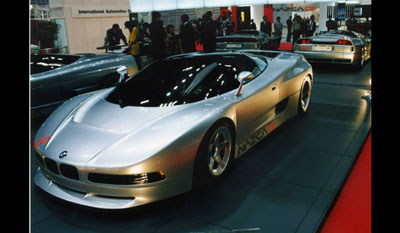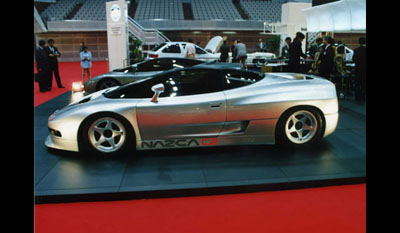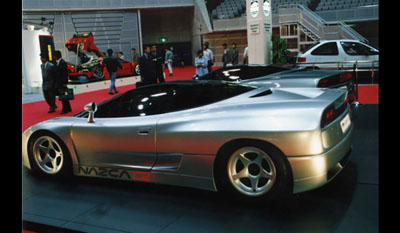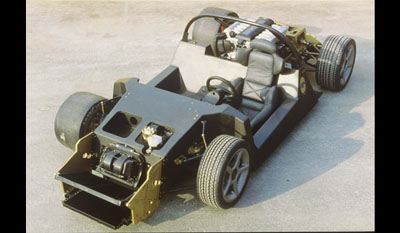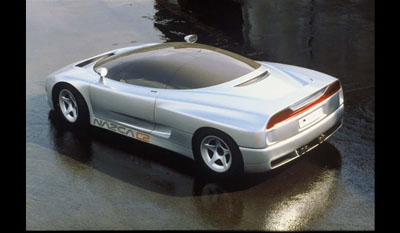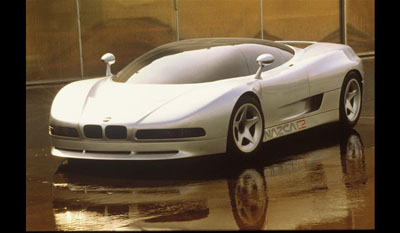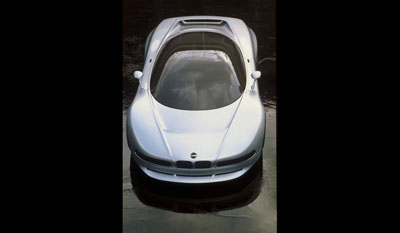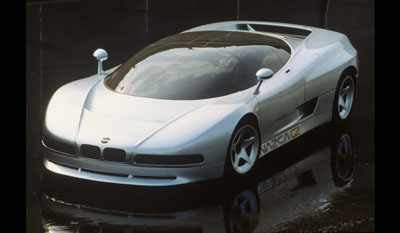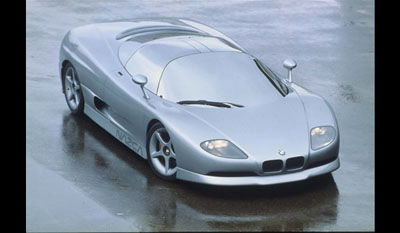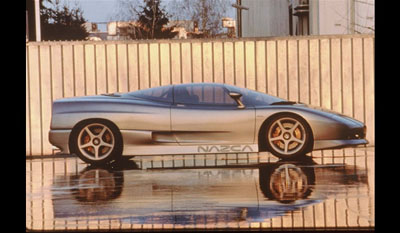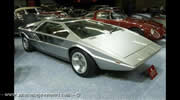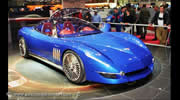Ital Design NAZCA M12 and C2 Concepts 1991
Ital Design presented two concept cars at the 1991 Tokyo Motor Show. The Nazca C2 was new while the Nazca M12 had already been launched at 1991 Geneva Motor show. Both cars are defined as "research prototypes for a high performance GT" by Ital Design , and they marks the debut in creation design by Giorgetto Giugiaro's son Fabrizio. The two prototypes share the same chassis/mechanic design that is suited for the applications of variuous engines and different aesthetic solutions making it possible to create different cars with markedly different personalities. These two prototypes were conceived with a possibility for limited production. Frame and body are entirely in carbon fibre and light alloy components; The carbon fibre frame is a single piece. This is connected to a tubular structure which holds the central engine and the steel architecture (which supports the dome) includes the rollbar and the windscreen structure.
The Nazca M12 that appeared first is more classic with conventional headlamps; The propulsion is by a V12 from BMW 850i coupé producing 300 hp but placed here in a central longitudinal position behind the seats and connected to a ZF 5 speed gearbox .The M12 wheigth is a low 1100 kg. It is interesting to recall that the limited production BMW M1 had a mid engined architecture and utilized a body designed by Giorgetto Giugiaro. The Nazca C2 is a more aggressive evolution of the M12, with lighter weight at 1050 kg and more powerful Alpina engine producing 350 hp. The doors have been broken down into two elements with distinctive functions: the actual door itself - below the belt line- which opens in the conventional manner, and the side window which rises seagull-wing style. By using the handle to open the door, the window automatically rises thanks to a hydraulic system. The side window can, if necessary, be raised without opening the door by using an electrical control .
The Nazca C2 comprises a few aesthetic modifications compared to the M12, chiefly required by technical needs and limited to the essential, to show the relative ease with which a chassis and mechanics designed for that purpose make it possible to interpret the same theme in different ways in this case more sporty.
|
|||||||||||||||||
|---|---|---|---|---|---|---|---|---|---|---|---|---|---|---|---|---|---|
|
||||||||||||||||||||||








